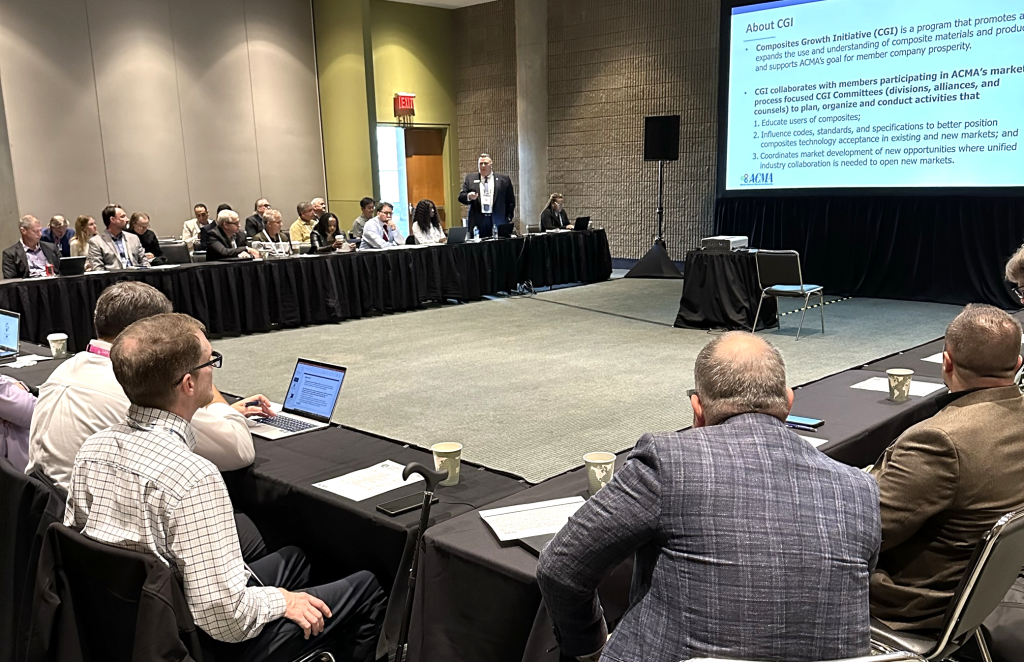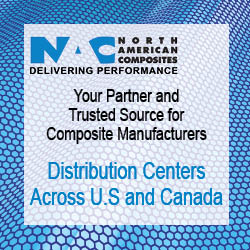About CGI Committees
The CGI program comprises eleven self-governed and self-supported committees categorized into three focus areas: market, product, and processes. Their collective aim is to advance the utilization and comprehension of composites and composite materials across many diverse markets. These committees have multiple objectives and work diligently by conducting various activities tailored to each committee’s focus, encompassing education, marketing, standards development, outreach, and advocacy. Their primary mission is to facilitate the adoption of composites as alternatives to traditional materials. All committees represent the supply chain of material suppliers, distributors, manufacturers, consultants, and academics.
Our CGI Committees
ANNUAL CGI COMMITTEE DUES
CGI Committees are self-governed and self-funded. Committee dues are established by the committee members and are based on the ACMA fiscal year. For suppliers, distributors, and manufacturers, Committee dues vary from $100 – $1500 depending on the committee. For most Committees, there are no dues requirements for consultants, academics, and other member categories. Contact CGI staff for more information.
CGI Committee News
November 24, 2025
Discover CGI Committees
The CGI Committees are the backbone of the CGI program. Member companies representing the entire supply chain of suppliers, manufacturers, distributors, consultants, and academics work together to grow the composites market.
Get Involved
Become a CGI Committee Member
Join as a committee member and play an integral role in driving the continued expansion of composite usage, creating a meaningful impact within both the industry and your organization.





